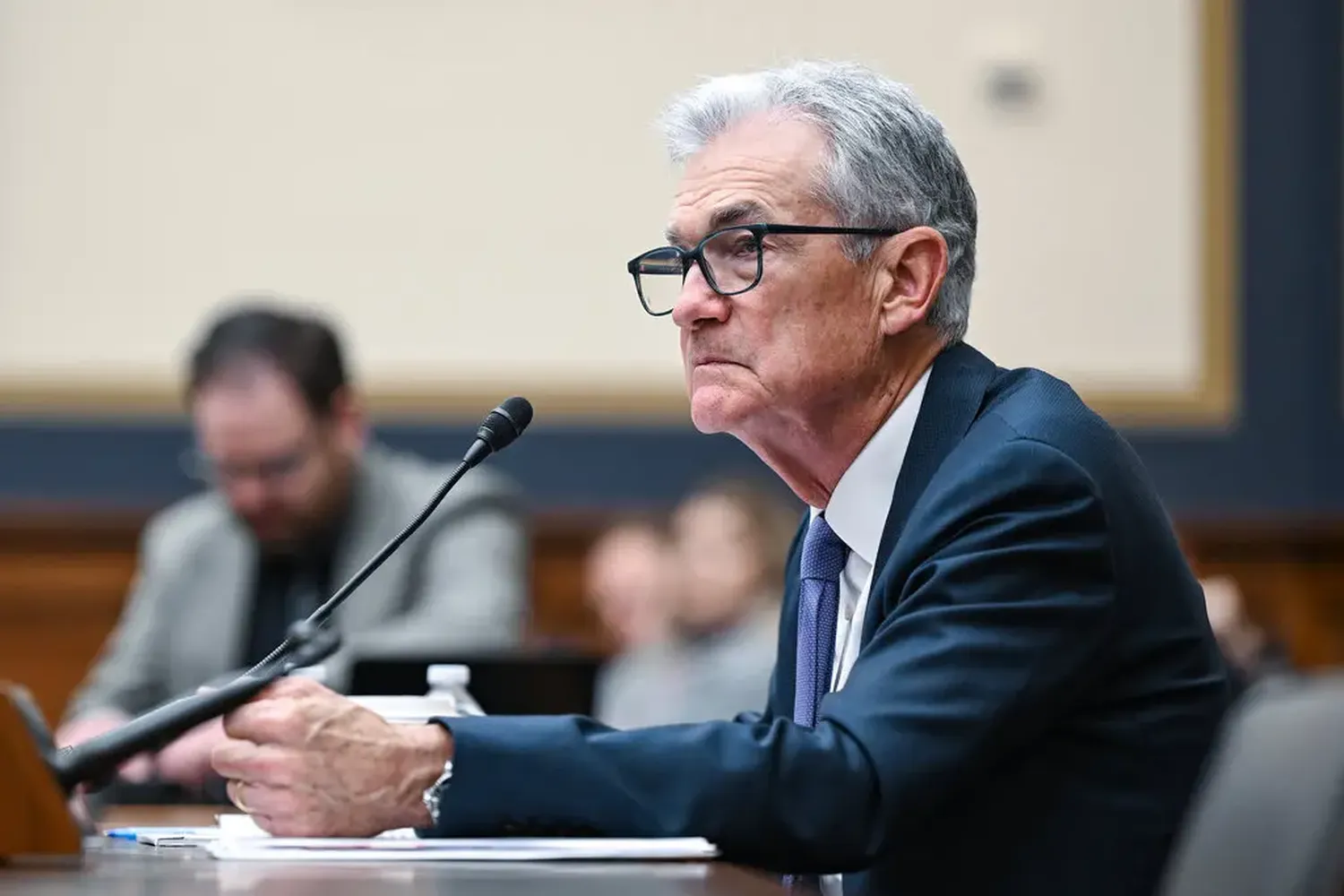U.S. Economy
Fed Chair Says Central Bank Need Not ‘Hurry’ to Cut Rates
In a series of recent statements and policy meetings, Federal Reserve Chair Jerome Powell has indicated that the central bank is in no rush to cut interest rates, despite market expectations and pressures. This stance comes amid a complex economic landscape where inflation rates, though receding from their peaks, remain above the Fed's long-term target of 2%.
The Federal Reserve has been at the center of intense scrutiny as it navigates the delicate balance between curbing inflation and supporting economic growth. The Fed's key interest rate, currently at a 23-year high, has been a critical tool in this endeavor. By maintaining higher rates, the Fed aims to temper inflation by making borrowing more expensive, thereby slowing down spending.
However, this approach is not without its risks. There is a growing concern that keeping rates high for too long could tip the economy into a recession. This is a scenario the Fed is keen to avoid, as indicated by the minutes from the Fed's January meeting. The minutes revealed that officials are wary of the risks associated with cutting the central bank's key interest rate too soon.
The recent statements by Fed officials, including Powell, reinforce the message of patience. Powell, in particular, has emphasized the importance of carefully assessing incoming data to judge whether inflation is moving down sustainably to the 2% target. This cautious approach is echoed by Federal Reserve governor Chris Waller, who, in a speech in New York, stated that there is no rush to cut the policy rate and that the recent data suggests it is prudent to maintain the current restrictive stance for longer than previously thought.
The market's reaction to the Fed's stance has been notable. After the release of the meeting minutes, stocks dipped, reflecting the conservative outlook of the central bank. Traders, who often buy and sell based on their predictions of future rate movements, have adjusted their expectations accordingly. The probability of a rate cut at the March 20, 2024, meeting saw a significant decline following Jerome Powell's remarks, with traders now assigning a 36% chance of a rate cut, down from the previous 50% estimate before the Federal Reserve meeting.
Despite the cautious stance on rate cuts, the Fed acknowledges the resilience of the U.S. economy, highlighted by a 3.3% GDP growth in the fourth quarter. This economic strength, coupled with a still robust labor market, suggests that the central bank has some leeway in its decision-making process.
Historical context also plays a role in the Fed's current strategy. Looking back, the Federal Reserve has often left rates unchanged for extended periods. For instance, from 1992, the Board of Governors of the Fed held interest rates at 3% until February 1994, marking one of the longest periods in recent history. Similarly, from June 2006 to September 2007, the Fed held rates steady at 5.2%, close to their current level.
As the U.S. heads into an election year, the Fed's actions are also under the microscope for potential political implications. The central bank, which prides itself on its independence, is likely to be even more cautious in its approach to avoid any perceptions of political bias or influence on the electoral process.
In summary, the Federal Reserve, led by Chair Jerome Powell, is signaling a deliberate and data-driven approach to interest rate decisions. While acknowledging the progress made in reducing inflation, the central bank is not yet convinced that it is time to ease its foot off the brake. As the economic data continues to unfold, the Fed's stance may evolve, but for now, it appears that any rate cuts will be carefully considered and not rushed.

